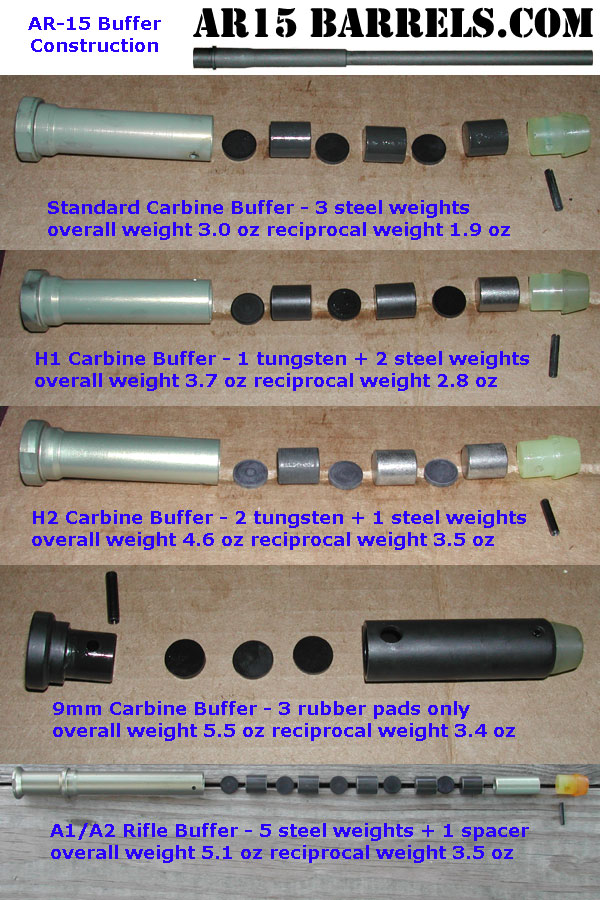What's the purpose of the buffer weights. I've heard that removing them will cause anything from busting off the buffer tube to bolt not closing.
I have had mine removed for a year now - and haven't seen any adverse effects - should I expect any?
I have had mine removed for a year now - and haven't seen any adverse effects - should I expect any?













